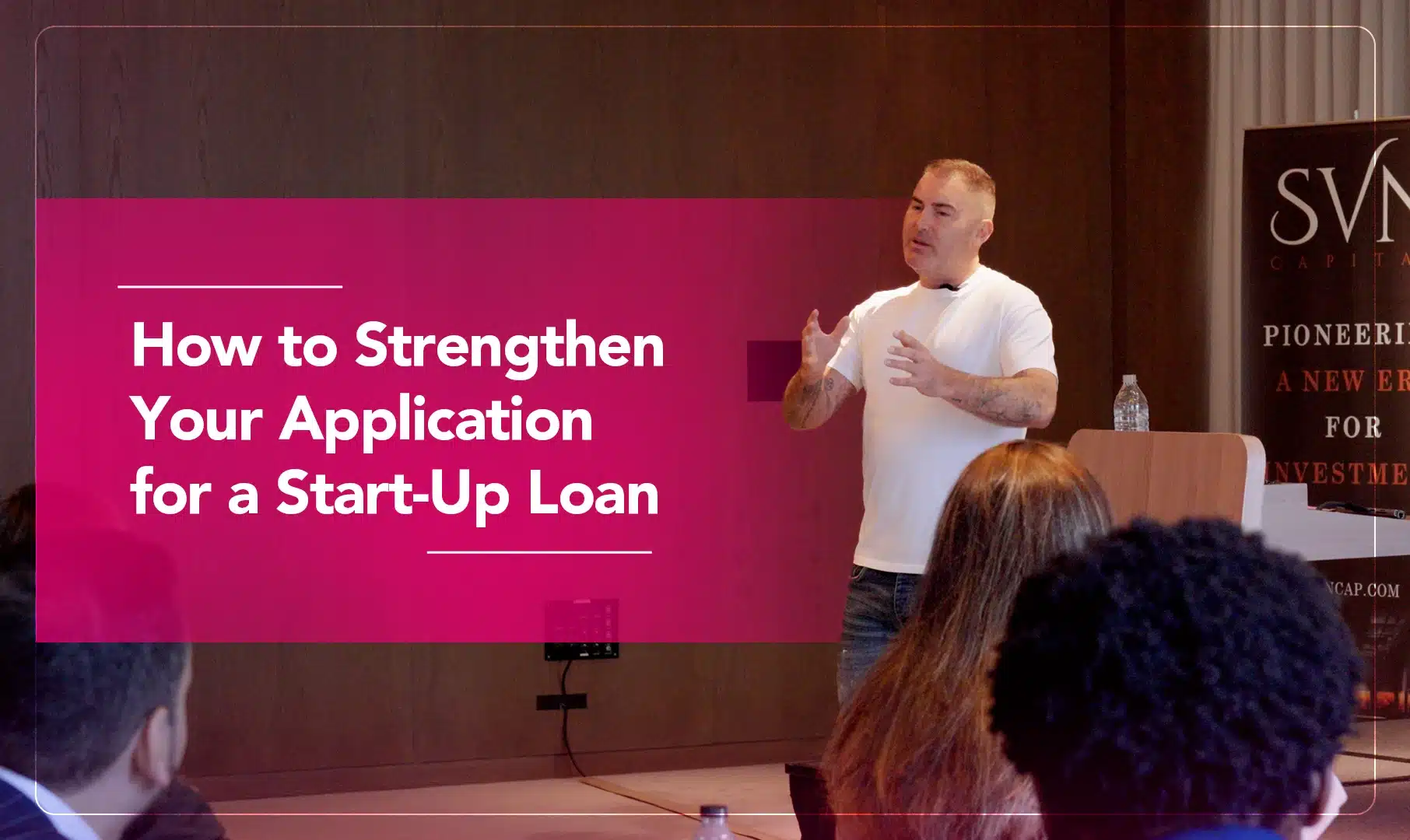“Entrepreneurs who write formal plans are 16% more likely to achieve viability than the otherwise identical non-planning entrepreneurs,” says Harvard Business Review, and in a highly competitive world, that’s a percentage worth paying attention to.

Writing a business plan for yourself is one thing, but giving you a sense of what you’re doing, the direction you’re taking and your projection for business growth with objectives, strategies, sales, marketing and financial forecasts. However, writing a business plan for investors – one that will make them see your vision and want to fund you – is a whole different ball game.
So, what do you need for a business plan for investors? Here are my top tips to get you started on your road to entrepreneurial success.
Do you need a business plan to get investors?
Think you’re a great communicator and you can wing it like people sometimes try on Dragon’s Den? Have you ever seen how that’s worked out? The short answer is yes, you do need a business plan to get investors. You might choose to present it in person if you have the opportunity, in order to bring it to life, but you need to put pen to paper so they have something to go away and look through. It will also help you to galvanise your thinking and start making your dreams a reality.
You need a business plan to get investors because it helps them to properly understand your business and your vision, giving them a chance to see what you see, get excited – and hopefully literally invested – in its success. It also shows that you’ve taken the time to assess what it is, think about the issues and the details, and answer questions surrounding the economics and fundamentals of your business model.
What do you need for a business plan for investors?
How do you write an investor proposal? Typically a business plan is formed of nine standard sections designed to take prospective investors through your thinking, ideas and vision for your business, showing it’s not just a concept but a fully formulated plan. You can take these sections and make them as impressive or creative as you like, but remember that investors like facts and details that ground your idea in reality and show that you know what you’re talking about.
A business plan should include:
-
Executive Summary
This is a short statement that tells your investor what your company is and why there’s a gap in the market for it. It should include your mission statement, your product or service and basic information about your team and location. It’s also a good idea to include top line financial information.
-
Company Description
Just as it sounds, this is where you provide more detail about your company – what it does, who the customers are, how it’s structured and why it will be a success. Are you experts in the subject, for example?
-
Market Analysis
Part of proving there’s a market for your company is showing that you have done your market research. Central to that is data about your target market and analysis to show where they are, who they are and how you are going to engage with them. You should also show that you have researched other companies/competitors and why your business is different.
-
Organisation and Management
A big part of a company’s success isn’t just about having a killer idea, but executing it well and that means having a great team and organised structure. That begins with the legal structure of your business – whether you intend to incorporate for example, be a general or limited partnership, or if you’re a sole proprietor or limited liability company (LTD or LLC). You want to show who you’ve selected for your top team and why as well.
-
Service or product
You’ve described your business, now describe your product or service. What it does, how it benefits your customers, what its lifecycle looks like. Talk about your plans for intellectual property, like copyright or patent filings and any research and development requirements.
-
Marketing and Sales
You can’t sell anything if you don’t tell people what you’re doing, so you need to show you have a marketing and sales strategy rooted in research, but that has space and willingness to adapt. There’s no single way to market successfully and a lot is about responding to customer feedback to refine your process. So, show what you want to do and why, as well as what your thoughts are for accommodating future agility.
You can’t sell anything if you don’t tell people what you’re doing, so you need to show you have a marketing and sales strategy rooted in research, but that has space and willingness to adapt. There’s no single way to market successfully and a lot is about responding to customer
-
Funding Request
Now we get down to the nuts and bolts of why you’re here – you want funding. You need to show why they want to be involved (hopefully you already have), but also why their input is relevant. What does their money provide that you can’t? Where is that spend going to go? How much do you need and over what period of time? Also, what return do you expect to give investors over what period of time? Don’t forget to include an exit strategy for your future financial plans like paying off debt or selling your company.
-
Financial Projections
Financial projections are always important when you’re asking for funding but they should be rooted in logic, not just guesswork. If you are already established, include income statements, balance sheets, and cash flow statements for the last three to five years as well as any other collateral. Whether you’re a new or existing business, provide a financial outlook for the next five years as well, including forecasted income statements, balance sheets, cash flow statements, and capital expenditure budgets.
-
Appendix
An appendix isn’t always necessary, but it is helpful to make sure you’ve included everything you can to inspire your investors. This might feature things like credit histories, resumes, product pictures, letters of reference, licences, permits, patents, legal documents, and contracts.
How do you write a business update report for an investor?
You don’t need a business update report yet but it’s worth considering how you’re going to manage your relationships with investors as time goes by, and one way of doing that is with great business reports. These are documents that analyse business events and make recommendations off the back of them. That might mean handling challenges as well as successes, so don’t be afraid to communicate to your potential investors how you plan to do that. A realistic outlook and an awareness of how working together might look and the potential issues you might come across shows that you know what you’re talking about and that you’re serious about what you’re doing.
A great business report for an investor should include:
- Data such as facts, analyses, research findings and statistics about the business
- Information should be accessible to people within a company
- It should be informative and helpful
- It should be clearly structured with a title page, summary of the report, table of contents, introduction, methods and findings, conclusions and recommendations, as well as references and appendices
Looking for businesses to invest in? Or perhaps you’re seeking investment? Contact me to get the business support you need to maximise success.






